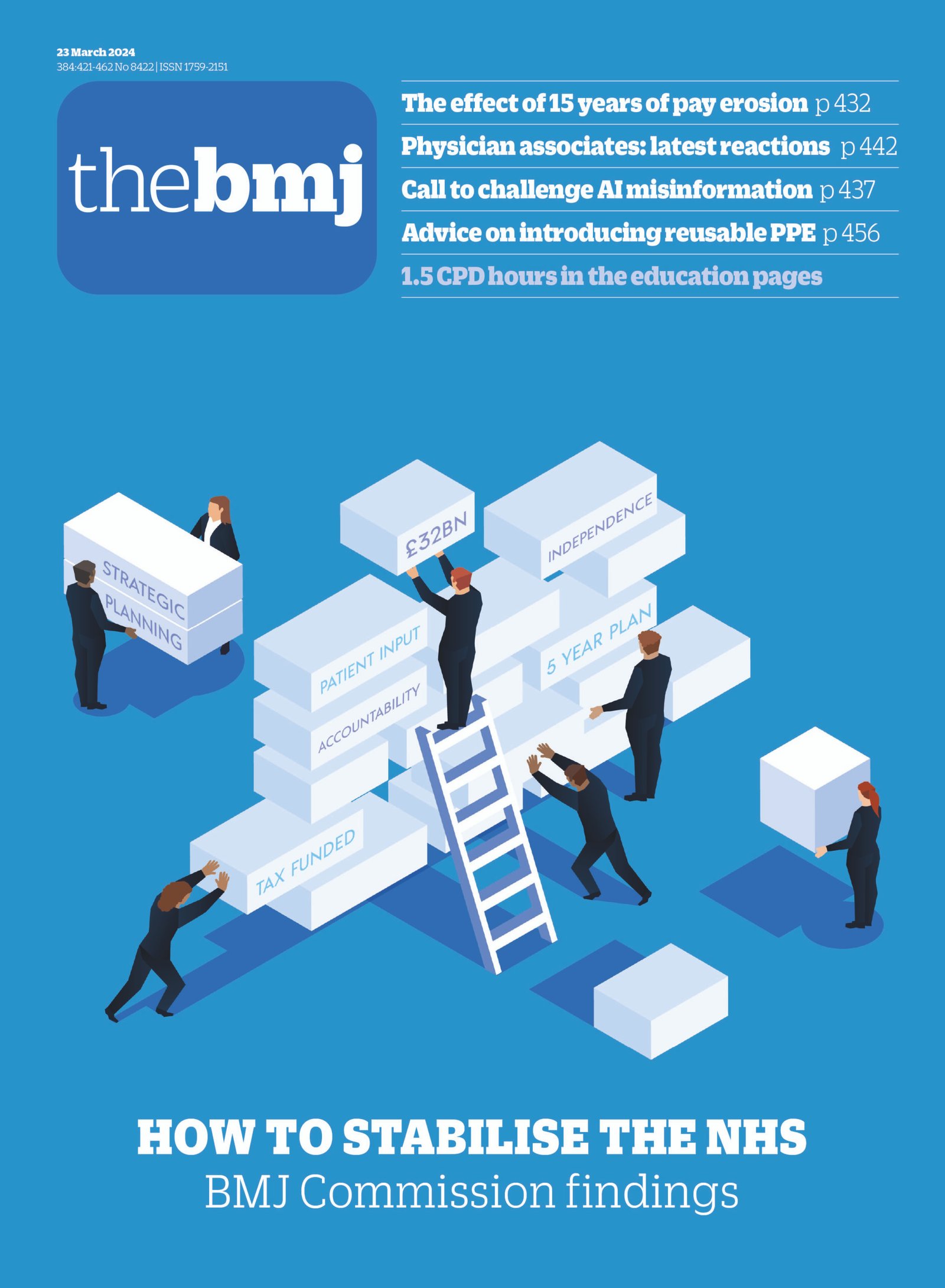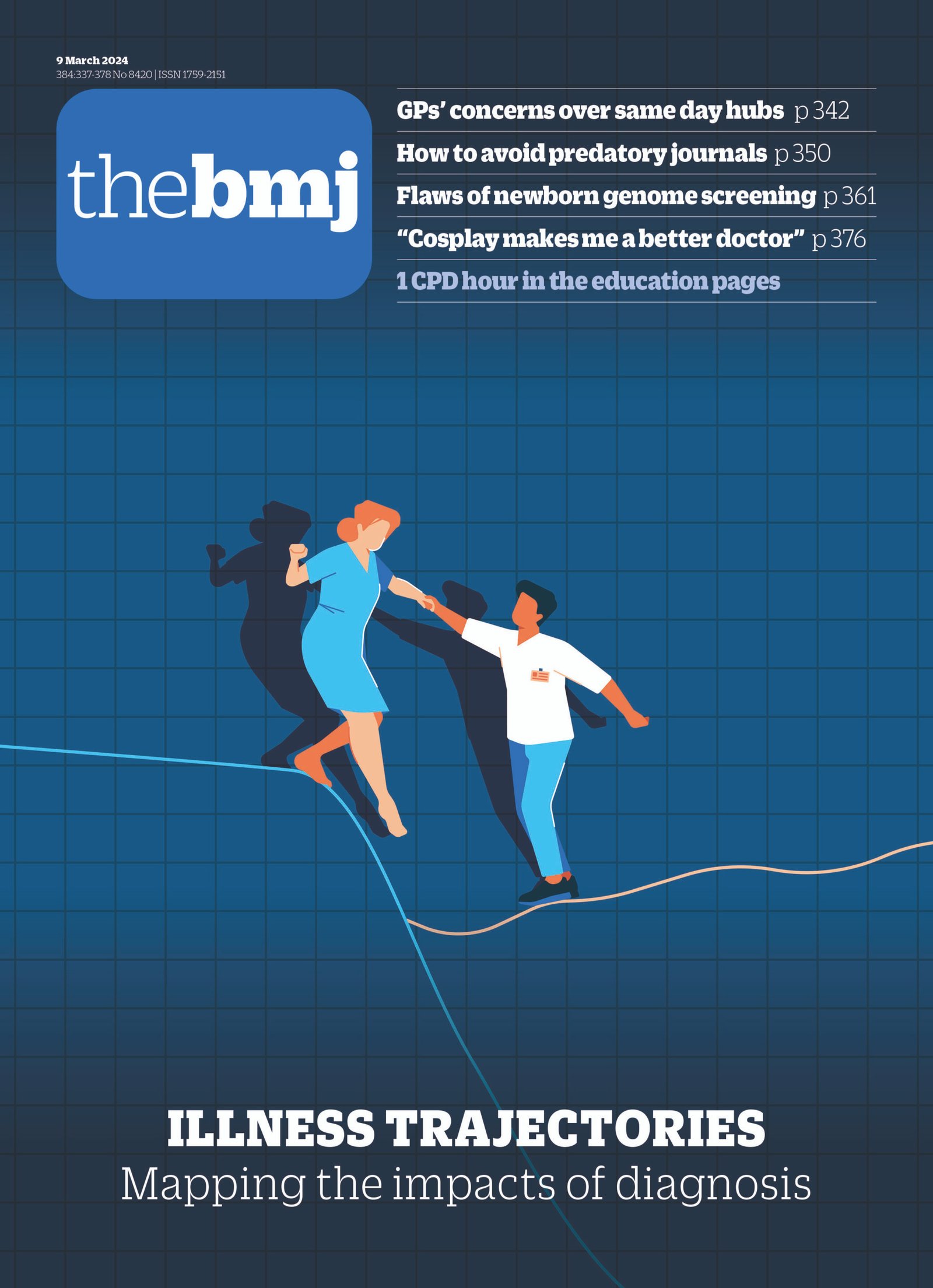Children who are sedentary for more than six waking hours a day have a significantly increased risk of severe fatty liver disease and liver cirrhosis by young adulthood, a new study finds. The research findings will be presented on Saturday at ENDO 2024, the Endocrine Society’s annual meeting in Boston, Mass and published in Nature’s npj Gut and Liver.
“We found that this relationship between sedentariness and liver damage is likely causal,” said lead researcher Prof. Andrew Agbaje, M.D., M.P.H., Ph.D., of the University of Eastern Finland in Kuopio, Finland.
“The general public must be aware of this danger of sedentariness on the health of children, adolescents and young adults,” said Agbaje, who is also with the University of Exeter in Exeter, England. “Advanced fatty liver disease and liver cirrhosis, which is severe scarring and hardening of the liver, could increase the risk of future liver cancer or require a liver transplant.”

Fatty liver disease is a harmful fat buildup in the liver. When the condition is not due to alcohol consumption but linked to at least one of five components of metabolic syndrome, it is called metabolic-associated steatotic (fatty) liver disease (MASLD).
For this study, Agbaje analyzed data from a long-term study of a large U.K. birth cohort, called the Avon Longitudinal Study of Parents and Children (ALSPAC) or the “Children of the ’90s”. Included in this study were 2,684 children who had repeated measurements of their movements with a waist-worn accelerometer from ages 11 to 24 years. At ages 17 and 24, study participants underwent a liver ultrasound scan to assess for fatty liver and evidence of liver scarring. They also had bloodwork to measure their liver enzyme levels at those two timepoints.
On average, children from the study spent 6 hours a day sitting or otherwise being sedentary, but this time increased to 9 hours daily by young adulthood, the researcher found. In childhood, 6 hours per day was spent in light-intensity physical activity, which neutralized the deleterious effect of 6 hours per day spent sedentary.
For each half-hour of sedentary behavior above 6 hours per day, children had 15% higher odds of developing fatty liver disease before they were 25 years old. Any increase of sedentary time above 6 hours a day resulted in a corresponding decrease in the time spent in light-intensity physical activity, therefore 3 hours less daily by young adulthood. However, each additional half hour of light-intensity physical activity beyond 3 hours per day decreased the odds of severe fatty liver disease by 33%.
“We believe that this alteration in sedentary time versus time for light-intensity physical activity sets the stage for disease initiation and progression,” Agbaje said.
The prevalence of MASLD was 1 in 40 participants (2.5 percent) at age 17 and one in five participants (20 percent) at age 24. Agbaje called this finding surprising because the risk of MASLD increased eightfold in only seven years and because a 20 percent prevalence of the disease would usually not occur until one’s mid-40s.
Half of the 24-year-olds with MASLD had severe disease, or a significantly high amount of excess fat in the liver. One in every 40 young adults already had signs of liver scarring, with three in 1,000 young adults meeting the diagnostic criteria for liver cirrhosis, Agbaje reported.
However, he found that engaging in light-intensity physical activity for at least 3 hours a day reversed this premature liver damage. Each cumulative minute of moderate-to-vigorous physical activity in a day was associated with a slightly lower likelihood of severe MASLD at age 24 but was not associated with a lower likelihood of liver cirrhosis.
“The most effective antidote to the devastating health effects of childhood sedentariness is not the much-advertised moderate-to-vigorous physical activity of 60 minutes per day,” Agbaje said. “Rather, it is the overlooked light-intensity physical activity of 3 to 4 hours per day.”
Examples of light-intensity physical activity are outdoor games, playing at the playground, walking a dog, running errands for parents, or walking and biking.
Citation:
Childhood sedentariness may cause premature liver damage in young adulthood (2024, June 2)
retrieved 2 June 2024
from https://medicalxpress.com/news/2024-06-childhood-sedentariness-premature-liver-young.html
This document is subject to copyright. Apart from any fair dealing for the purpose of private study or research, no
part may be reproduced without the written permission. The content is provided for information purposes only.










